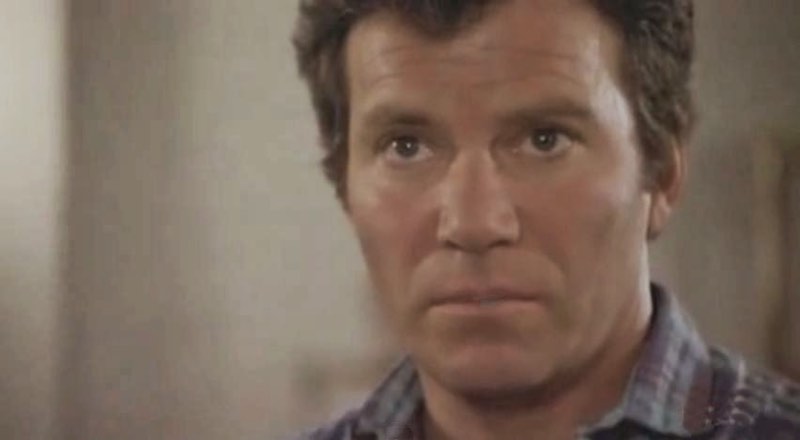Horror filmmakers and fans alike have always had a morbid fascination with real-life serial killers. Ted Bundy, John Wayne Gacy, and The Zodiac Killer have all inspired horror movies – even the legendary Jack the Ripper got a speculative thriller. Wisconsin murderer Ed Gein alone has been the basis for dozens of films, everything from film classics like Psycho and The Texas Chainsaw Massacre to cult standards such as Deranged and Motel Hell. In 1964, just a few short months after he claimed his last victim, The Boston Strangler (aka Albert DeSalvo) got his movie – the simply titled The Strangler.
The Strangler is about an overweight, mother-obsessed medical lab technician named Leo Kroll (Victor Buono from Whatever Ever Happened to Baby Jane? and Hush…Hush, Sweet Charlotte) who kills nurses in his spare time. As if that’s not creepy enough, he also collects dolls that he wins playing a carnival ring toss game and leaves them at the scenes of his crimes. Kroll seems to have a love-hate relationship with his domineering mother (played by Grandma Walton herself, Ellen Corby), and it comes to a head when he kills her nurse, Clara Thomas (Jeanne Bates from The Soul of a Monster and Eraserhead). The police suspect him of the killings, and he is repeatedly questioned, even subjected to a lie detector test, but nothing can ever be linked to him. Eventually and inevitably, he falls for Tally Raymond (Davey Davison from No Drums, No Bugles), the carnival worker from the booth where he wins his dolls, and his feelings for her predictably spark his downfall.
Written by anthology television writer Bill S. Ballinger (“The Outer Limits,” “Alfred Hitchcock Presents,” “Circle of Fear”) and directed by Burt Topper (The Devil’s 8), The Strangler is a frustrated police procedural dressed in the cheap suit of a horror movie. It is very loosely based on the DeSalvo case, and it’s extremely speculative at times, but its working title was The Boston Strangler, so there’s little doubt of where it found its inspiration. It’s full of hard-boiled stereotypical film noir cops and pseudo-intellectual psychobabble, but at its root, it’s an exploitation flick, from the opening title cards thanking law enforcement and the psychiatric community to the seriously improbable – yet awesomely corny – ending.

At the center of everything is Victor Buono. The Strangler is his movie. It’s one of those situations where the killer is known to the audience from the very first frame, so there’s no real mystery to the movie. So Buono carries on with a half comical, half sympathetic approach to a genuinely creepy character. In addition to his mommy issues, the police psychologists briefly posit that their killer may be schizophrenic, and Buono’s performance plays with that angle. He seems authentically shocked and hurt by the events of the film like he doesn’t know he’s the root of the problem, giving the viewer the impression that the character is either schizophrenic or a really good actor. And the film never tips its hand as to which it is. Whichever way it is for the character, the audience is sure that with Buono, he’s just that he’s a damn fine actor.

The Strangler was photographed by cinematographer Jacques R. Marquette (Burnt Offerings, Trauma, A Bucket of Blood), and he does much more than just make the film look like a standard noir thriller. The film opens with a cool Seconds-like shot of a woman dressing superimposed in the middle of a big eyeball, making a not-so-subtle reference to the voyeuristic elements of the film. This motif is repeated throughout the film as Kroll’s victims are often shown in long, wide shots, allowing the viewer to spy on them along with the killer for a while before each crime. Towards the end of the film, Marquette lets it all out with a crane shot that follows a pair of subjects through a window from outside the building while they climb a staircase within, again letting the audience covertly peep in on the prospective victims. Director Burt Topper seemed to let Jacques R. Marquette have a lot of fun with the camera work in The Strangler, and Marquette turned that fun into a unique and distinct-looking style.

Composed by sci-fi stock music guru Marlin Skiles (Space Probe Taurus, The Hypnotic Eye), the music in The Strangler is all over the place. Parts of it are dramatic and full of pompish and flourishy orchestral bits. Other parts are spooky and suspenseful, with hair raising strings and heart-pounding drums. Still, others let Skiles play with his sci-fi sensibilities by unleashing a swarm of wacky theremin and mellotron swells. It’s never too overwhelming or overpowering, but the score to The Strangler is loads of fun.

Real-life crime films are at their most interesting when they take liberties with the true story and explore a few “what ifs.” The Strangler is a perfect example of this theory in action – it may not be the actual true story of The Boston Strangler, but it’s a crazily entertaining version of it.
